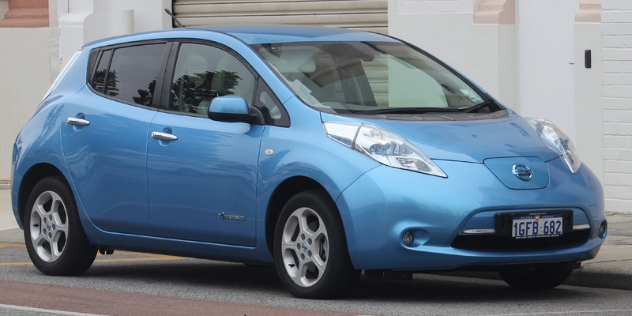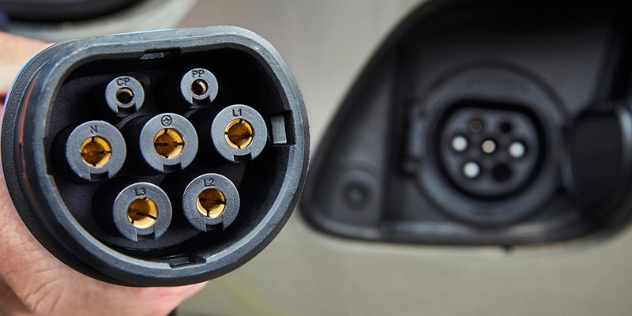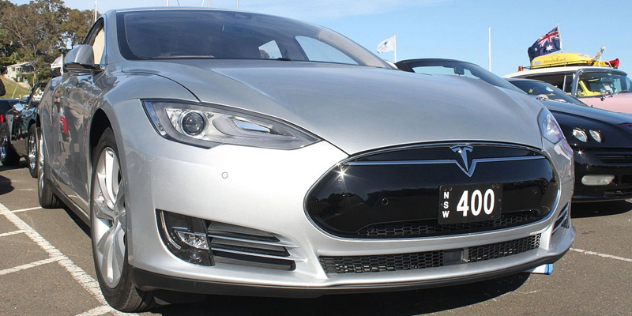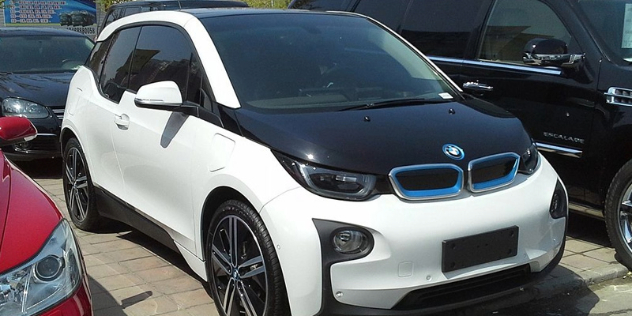
The electric vehicle (EV) market in Australia is on the increase with more than 65,000 pure battery electric cars sold so far in 2023, compared to 21,000 for the same period in 2022 according to latest Vfacts figures.
Alongside this we are also beginning to see more second-hand EVs on the market and as fleets begin to transition this trend will only continue in coming years when older models are sold to make way for new stock.
If you're one of those looking to go electric but make some savings by considering a secondhand EV, you're not alone.
New EVs now start from below $40,000 in Australia, and there are some good savings to be had with second-hand options starting from around $10,000.
However, there are several factors to consider before making the switch.
This comprehensive guide will walk you through what you need to know, from price to range, charging port location, battery health, warranty, tyre wear, grey import considerations, and general wear and tear.

While EVs are generally cheaper to run in the long term compared to internal combustion engine (ICE) vehicles, the sticker price is higher due to the cost of manufacturing the battery.
As EVs make up 7.5 per cent of the new car market, there is a shortage of used EVs: they still account for less than 1 per cent of the second-hand car market.
While this is easing somewhat with the introduction of more affordable EVs from Chinese carmakers like MG and BYD, the first thing to consider is whether the asking price of the used EV reflects its condition, including battery health and therefore driving range.
— Bridie Schmidt




Known as “state of health” (SoH), the remaining capacity of an EV is a big consideration for resale value.
As noted by fleet management firm Geotab, battery capacity tends to diminish on average by 2.3 per cent a year for the first few years before levelling out (with the exception of the Nissan Leaf – see below.)
Some models like the Nissan Leaf have a dash display that indicates battery health.
For the tech-savvy, an OBD2 (on-board diagnostics) scanner can provide detailed information. If these options are not available, charge the vehicle to 100 per cent. Then, compare the range displayed on the dashboard to the manufacturer's stated WLTP range to gauge battery health.
The caveat to this is that the stated WLTP range is based on a combination of city and highway driving, and the recent driving characteristics of the vehicle in questions may have a bearing on how the vehicle’s battery management system estimates the available driving range.

In the case of the Nissan Leaf, extra caution should be used as this model does not have a liquid-cooled battery. This means that battery degradation can be greater than for other EVs.
The upside of this is that if you can live with the reduced range, you may be able to invest in an EV at a lower price point.
The Nissan Leaf’s battery health is shown on the dash using a twelve-bar system, where each bar equals 6.45 per cent remaining battery capacity, but a more accurate reading can be taken using an app called Leaf Spy and an ODB2 device.
When buying a secondhand EV, make sure to check the original mobile charger (that plugs into a powerpoint) is included, if it came with one. In the case of a Tesla, ask if it includes both the 10 amp and 15 amp tail.
Also check which EV plug type it uses; Nissan and Mitsubishi (which sells plug-in hybrids) both use CHAdeMO DC plugs, which some newer DC fast chargers no longer support. All other EVs use CCS2 plugs which are supported at all public DC chargers.
Older Tesla Model S and Model X may also need a port upgrade to CCS2 if they have Tesla's proprietary system (now known as NACS.)
Very old EVs may also have a Type 1 AC port, which can charge at a top rate of 1kW, compared to 2.4-3.7kW with a Type 2 AC port (on either 10 amps or 15 amps.)

With a Type 1 cable, this means 40 hours to charge a 40kWh battery at home. For more information on plug types see here.
It's also a good idea to inspect the charging port carefully for any signs of damage or wear and tear.
Additionally, think about where you will charge your car, and park it if you have a driveway or garage. The location of the charging port might be a factor depending on your home setup or if you plan to use public charging stations frequently.
Warranties can vary significantly between manufacturers. Check both the manufacturer's general and battery warranty, if they are still valid and what it covers.
Also, inquire about any extended warranties or guarantees offered by the seller (if through a dealer.)
While EVs have fewer moving parts and therefore less wear and tear, the tyres are an exception. Due to the instant torque provided by electric motors, EV tyres can wear out faster than those on ICE vehicles.
A quick check to see if the tyre tread depth is looking thin and any signs of uneven wear could save you thousands in the short term.
Brake corrosion, and brake pad condition, is less of an issue in EVs compared to ICE vehicles, but it's still worth checking.
EVs often use regenerative braking, which can result in less wear on the brake pads and discs.
However, this can also lead to corrosion if the brakes are not used frequently. A quick inspection can save you from potential issues down the line.
In older Tesla EVs (Model S and Model X), it’s also a good idea to check if the infotainment MCU (media control unit) has been upgraded.
MCU1 is based on Nvidia’s Tegra 3 chipset, and was used from 2012 to early 2018 and is prone to eMMC chip failure and slows down over time.
The MCU2 was introduced in March 2018, is based on an Intel Atom E8000 chipset so is faster, runs improved software, enhanced driving visualization, and has the ability to record from all cameras for DashCam and Sentry Mode.
Also, while some EVs can receive “over-the-air" software upgrades, some cannot. Be aware that this may mean having to take the vehicle to the manufacturer for upgrades.

Some EVs on the market have been brought to Australia as parallel, or grey, imports.
This means they may need a language software update. If they haven’t you may be left to deal with this after purchase.
While Australia’s EV market is still nascent compared to overseas, there are a few models already that are only available secondhand.
Some, like the Nissan Leaf ZE0 and the Mitsubishi I-Miev are first generation EVs that were available only briefly.
Others like the Renault Zoe and the Mazda MX-30 were pulled from the Australian market in recent years due to low sales. The BMW i3 and Hyundai Ioniq have been discontinued altogether.

The Audi e-tron is technically still available, though under a new moniker (Q8 e-tron) to distinguish its place as Audi’s flagship model.
Tesla stopped delivering the premium Model S and Model X at the end of 2020 and has since announced that it will no longer make these flagship models for Australia.
| Make | Model | Model Year | Mileage | Price Range |
|---|---|---|---|---|
| Audi | e-tron | 2020-2022 | 6,000-31,000kms | $85,000-160,000 |
| BMW | i3 | 2014-2017 | 30,000-90,000kms | $30,000-40,000 |
| Hyundai | IONIQ | 2018-2022 | 5,000-165,000kms | $28,000-46,000 |
| Mazda | MX-30 | 2021-2022 | 12,000-21,000kms | $44,000-70,000 |
| Mitsubishi | i-Miev/MiniCab | 2011-2015 | 60,000-150,000kms | $6,500-17,000 |
| Nissan | Leaf ZE0 | 2011-2012 | 40,000-117,000kms | $11,000-19,000 |
| Nissan | e-NV200 | 2014-2015 | 23,000-90,000kms | $27,000-31,000 |
| Renault | Zoe | 2018-2020 | 22,000-23,000kms | $25,000-27,000 |
| Tesla | Model S | 2014-2020 | 12,000-215,000kms | $48,000-160,000 |
| Tesla | Model X | 2016-2020 | 8,000-300,000kms | $76,000-220,000 |
Asking prices, year model and mileage ranges are current at the time of writing and have been sourced from Carsales.
NRMA is partners with Redbook Inspect, a service which provides pre-purchase inspections for all vehicles – yes, including battery electric, plug-in hybrids and hybrids.
Inspections include diagnostics scans for fault codes, general checks on interiors, exteriors, under body and on charging components, CarFacts history checks, a road safety test and checks for accident damage.